Click on the links below to view the workshops and current conference program
WORKSHOPS
Will take place on Thursday October 23. Location for workshops will be the TUFTS University Campus in Boston and the MASS Eye and Ear Main Campus. Room
Click here to register for a workshop
THE CONFERENCE
Takes place on Friday and Saturday at the MGH Institute of Health Professions in Charlestown/Boston, Massachusetts. 1 Constitution Wharf, Charlestown, MA 02129
Friday October 24, 2025
Registration opens at 07:30
Click here to view Fridays program
Saturday October 25
Click here to view Saturdays program
POSTERS
Poster presentations will take place in the Cafeteria at the MGH Institute of Health Professions on Friday and Saturday.
Below you will find a map to the conference venue
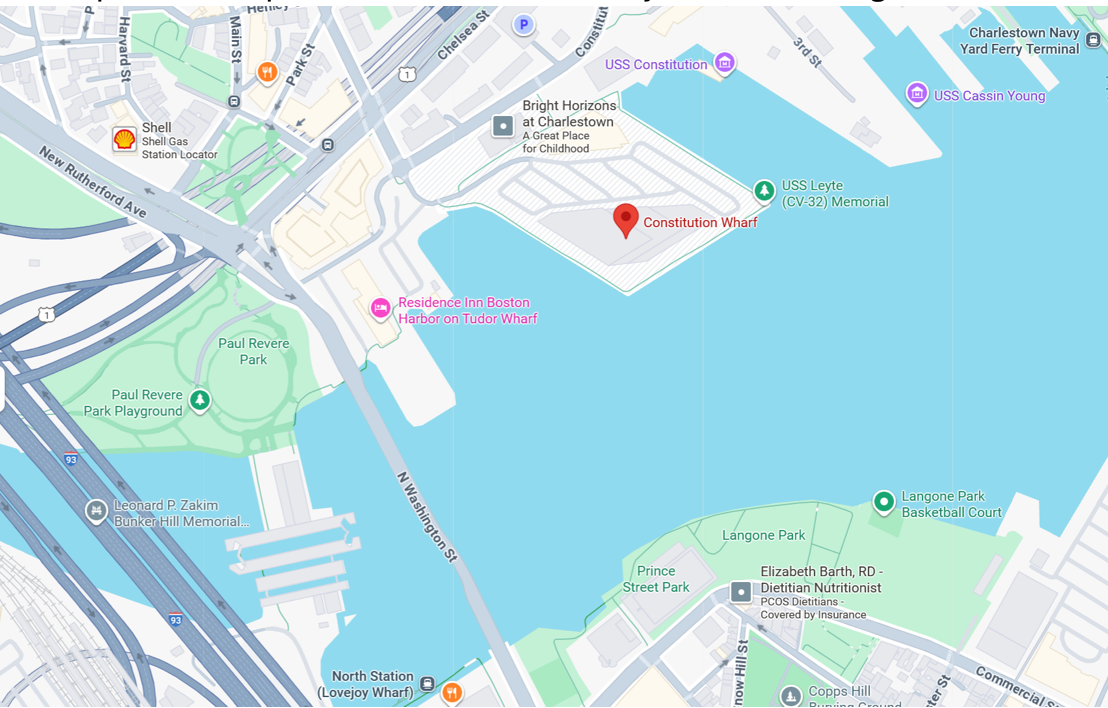
Scientific Advisory Committee
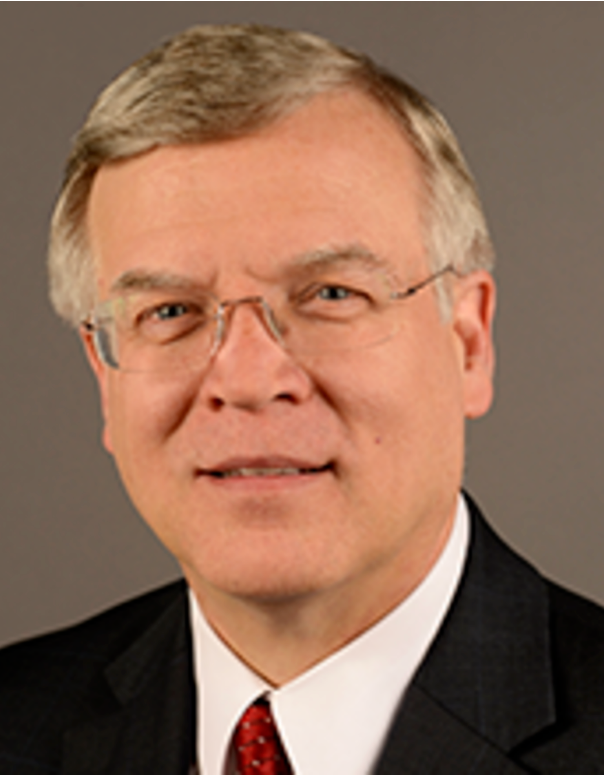
Chair of the Scientific Advisory Committee
Dr. Bradley Welling a physican and surgeon in Department of Otolaryngology–Head and Neck Surgery at Harvard Medical School and Mass Eye and Ear/Mass General. He is a neurotologic surgeon in Mass Eye and Ear’s Otology and Neurotology Division, with clinical interests involving caring for patients with diseases of the ear and lateral cranial base. More specifically, he focuses on hearing loss, cochlear implants, auditory brainstem implants, as well as facial paralysis and deafness related to Neurofibromatosis type 2 (NF2)-associated tumors.
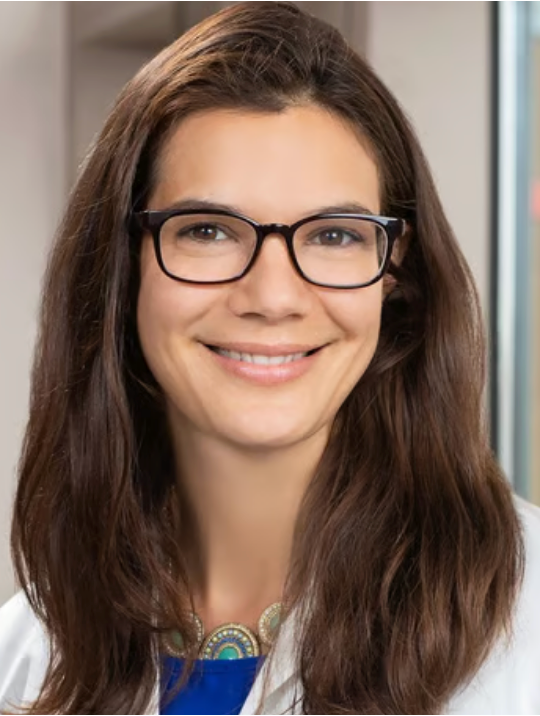
Dr. Noonan is from the Boston area and a graduate of Holy Cross. She attended Albany Medical College where she earned her medical degree with honors. She did her residency training in Otolaryngology – Head and Neck Surgery at Dartmouth-Hitchcock. Dr. Noonan did a fellowship in Neurotology and Skull Base Surgery at the House Clinic. Her research includes hearing loss and implantable hearing devices, cholesteatomas, and acoustic neuroma management. She is dedicated to treating patients with hearing loss, ear diseases or infections, and skull base tumors.
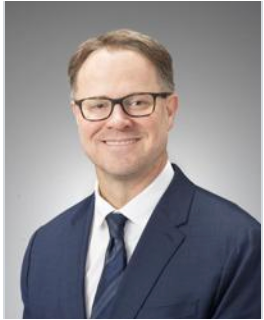
Gregory Basura, MD, PhD is a professor surgeon-scientist in the Division of Otology/Neurotology-Skull Base Surgery in the Department of Otolaryngology-Head and Neck Surgery at the University of Pittsburgh/UPMC. With a fifty percent research appointment, Dr. Basura divides his time between patient care, basic science/human translational clinical research, resident/medical student teaching, administrative/committee, institutional service, student mentoring and global outreach/humanitarian efforts. He also serves as the Department Lead for Global Outreach.
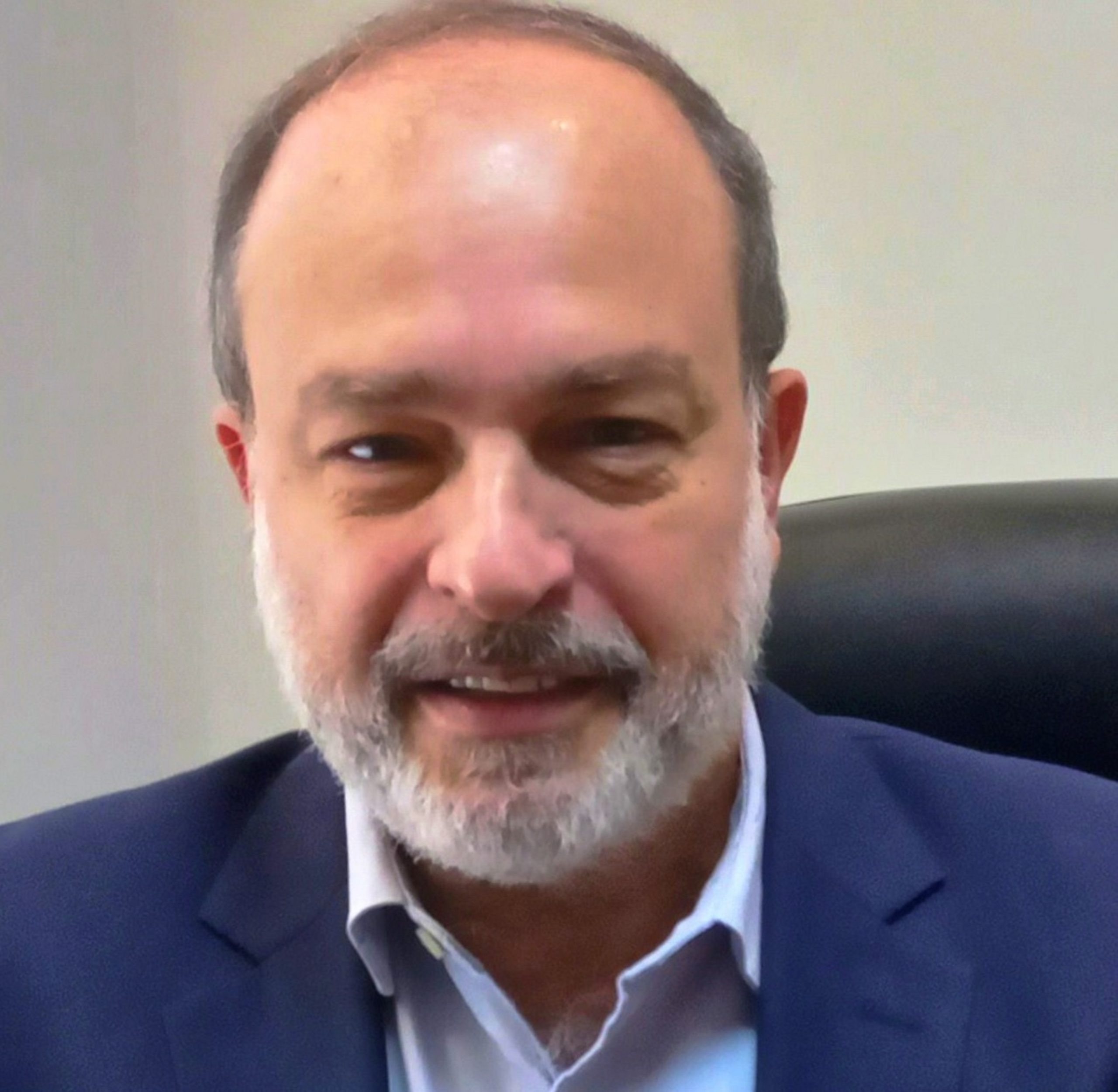
Professor Horacio Cristini an electrical engineer by training and the head of Argentina’s largest non-profit hearing service network: Mutualidad Argentina de Hipoacúsicos.

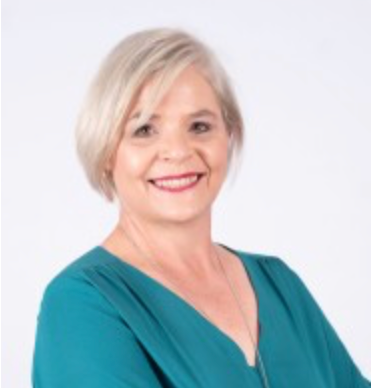
Karin Joubert
Professor Karin Joubert is an Associate Professor of Audiology at the University of the Witwatersrand, South Africa. Her research focuses on preventive audiology, public health audiology, and person-centered care. She has received significant research funding for the establishment of the Ndlovu Wits Audiology clinic that offers accessible and comprehensive community-based audiological services in a rural community in the Limpopo province. In addition to her academic work, Professor Joubert is the co-chair of the University of the Witwatersrand’s non-medical ethics committee.
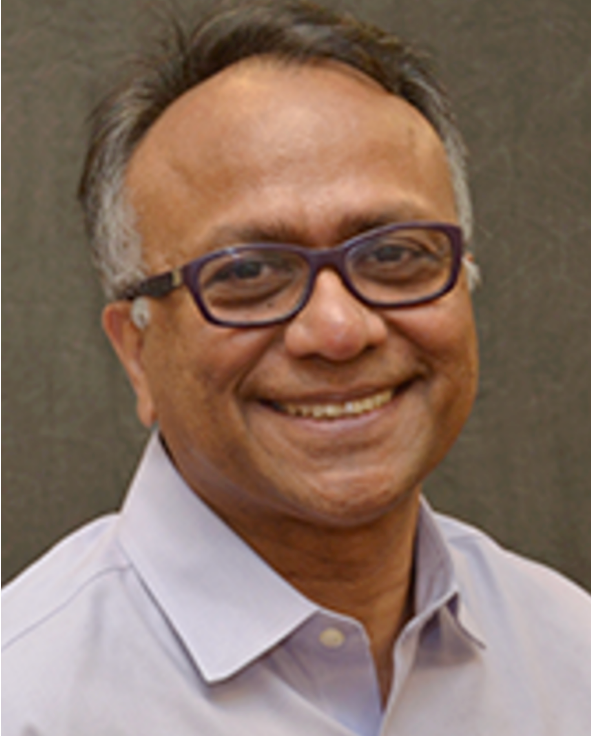
Dr. Sunil Puria is an Amelia Peabody Scientist at Mass Eye and Ear. He studies fundamental and applied cochlear and middle ear mechanics. His efforts to provide an understanding of auditory mechanisms with mathematical models rooted in realistic anatomy and material properties have been fruitful in the past, and will be further developed through his continued research.
His repertoire includes finite element modeling, laser Doppler vibrometry, and the use of modern imaging techniques such as OCT, two-photon, and micro-CT into his research.
